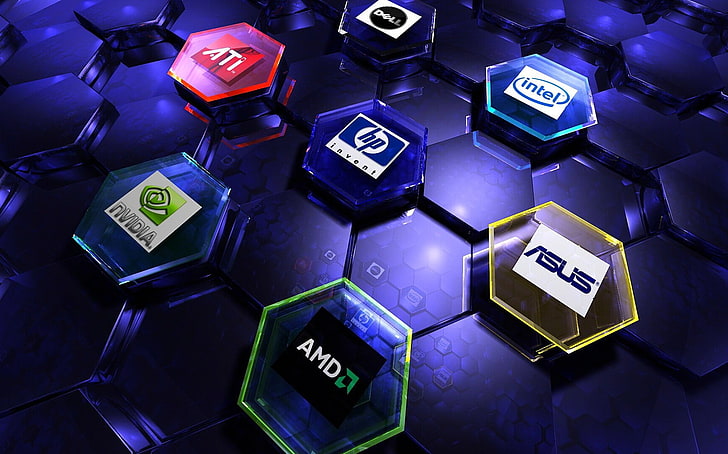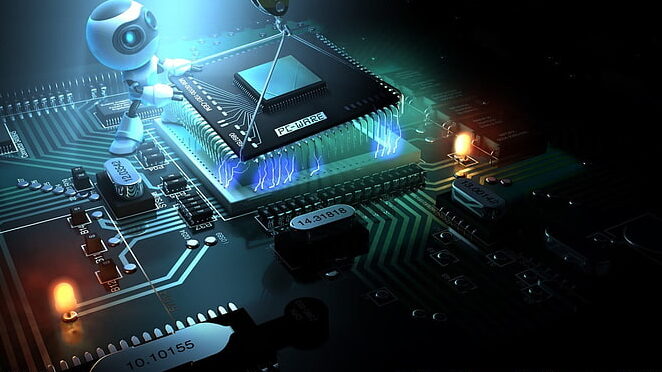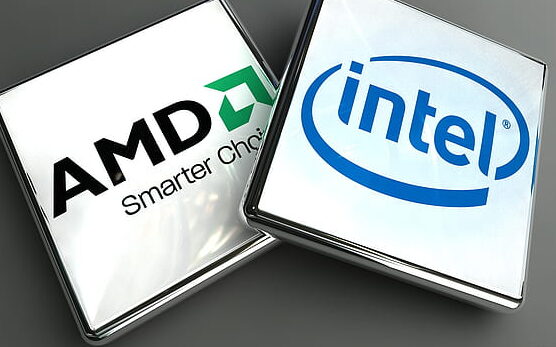
What is NPU? Why Everyone Is Now Talking About It
December 28, 2023The AI revolution is well underway, with Intel, AMD, and Qualcomm discussing the hardware side of things. At the forefront of this technological wave is the NPU, or neural processing unit, a key player that speeds up processes that involve AI. In this article, we delve into the world of NPUs, understanding their significance, how they differ from CPUs and GPUs, the emergence of GPNPU, and their pivotal role in shaping the future of computing.
Table of Contents
What is NPU?

An NPU is a highly-tuned processor specifically designed for running machine learning algorithms. It’s different from standard CPUs and GPUs; they excel at crunching complex math needed for artificial neural networks. They can handle huge amounts of data all at once, which makes them really good at things like image recognition, natural language processing, and other AI-related stuff. Think of it as having an NPU inside a GPU that can do things like object detection or speed up images.
Difference Between NPUs, CPUs and GPUs
Graphic Processing Units (GPUs) are renowned for their abilities in parallel processing and are therefore often used in machine learning applications. However, Neural Processing Units (NPUs) take specialisation even further.GPUs can handle graphics rendering and parallel tasks, but CPUs, which are the main processors of computers, are outdone by NPUs when it comes to running deep learning algorithms. NPUs are specifically designed to do operations necessary for neural networks, giving much better performance for AI tasks in certain scenarios.
What is GPNPU?

GPNPU is a cool fusion of GPU and NPU tech (GPU-NPU hybrid); it combines the best of both worlds. GPNPUs utilize GPU parallel processing and NPU architecture to make AI tasks faster. This mix of tech is all about finding the happy middle between versatility and specialized AI performance, so you can take care of all your computing needs on one chip.
NPUs and Machine Learning Algorithms
Machine learning algorithms serve as the backbone of AI applications, acting as the driving force behind intelligent systems. Often mistaken for AI itself, machine learning involves algorithms learning from data patterns, making predictions and decisions without explicit programming. There are four primary types of machine learning algorithms: supervised, semi-supervised, unsupervised, and reinforcement. NPUs are essential for the successful performance of algorithms, including activities like training and inference. The processing of large datasets for refining models and making predictions in real-time highlights the importance of NPUs in optimizing machine learning functions.
NPUs in 2024 and Beyond
By 2024, Intel’s Meteor Lake chips are expected to be in the spotlight, bringing with them the potential for greater AI capabilities and more advanced applications and automation. The full extent of the impact that NPUs have is yet to be determined, yet they are well-positioned to take the lead in the increasing demand for AI-driven applications due to their specialized architecture which is optimized for machine learning activities.
The combination of GPNPUs and improvements in machine learning algorithms is expected to bring about remarkable developments, fuelling the progression of technology and reshaping our digital landscape. Although NPUs might seem like they are confined to certain tasks right now, they are likely to be incorporated into regular applications soon, making them a must-have part of computing in the future.
In conclusion, NPUs signify a paradigm shift in the world of computer chips. As they become more ubiquitous, their impact on AI-driven applications and the overall efficiency of computing processes will become increasingly evident. The collaboration of GPNPUs and the relentless evolution of machine learning algorithms are set to drive innovations that will shape the technological landscape for years to come.



